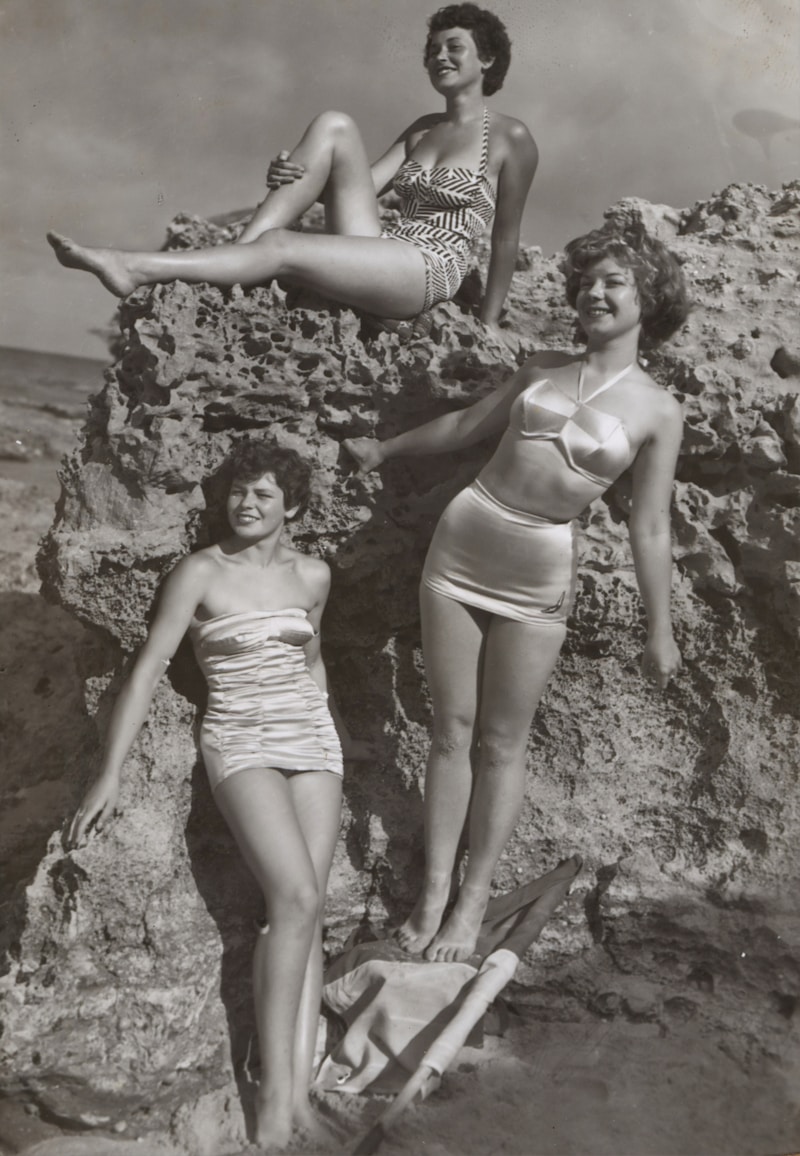Vintage Bridal Couture: A Journey of Styles
Vintage Bridal Couture: A Journey of Styles
Bridal couture has evolved dramatically over the years, and one of the most enchanting trends that continues to captivate brides today is vintage bridal couture. With its unique styles and timeless elegance, vintage bridal couture offers brides a chance to embrace the charm of past eras while adding a personal touch to their special day. In this article, we will explore the various styles, inspirations, and essential tips for choosing your own vintage bridal couture gown.
Understanding Vintage Bridal Couture
Vintage bridal couture refers to wedding dresses that draw inspiration from the styles of past decades, often featuring intricate detailing, luxurious fabrics, and distinctive silhouettes. The term "vintage" can refer to styles from the early 1900s up to the 1980s, with each decade bringing its unique flair.
Why Choose Vintage Bridal Couture?
- Timeless elegance
- Unique designs
- High-quality craftsmanship
- Eco-friendly options
Popular Vintage Bridal Couture Styles
When it comes to vintage bridal couture, there are several iconic styles that have remained popular over the years:
| Era | Style | Features |
| 1920s | Flapper Gowns | Beaded embellishments, dropped waists, and fringe details |
| 1930s | Hollywood Glamour | Slim silhouettes, glamorous fabrics, and elegant draping |
| 1940s | User-Friendly | Tea-length dresses, floral prints, and modest necklines |
| 1950s | Circle Skirts | Full skirts, fitted bodices, and sweetheart necklines |
| 1960s | Mod Wedding Dresses | Short hemlines, bold colors, and geometric patterns |
| 1970s | Bohemian Vibes | Flowy fabrics, lace details, and relaxed silhouettes |
| 1980s | Princess Gowns | Exaggerated sleeves, voluminous skirts, and intricate embroidery |
Choosing the Right Vintage Bridal Couture Gown
Finding the perfect vintage bridal couture gown can be a delightful yet challenging experience. Here are some essential tips to guide you:
1. Research Styles
Understanding different vintage styles can help you pinpoint what resonates with your personal taste. Consider exploring historical bridal magazines or visiting vintage clothing shops for inspiration.
2. Consider Your Body Type
Each era brings distinct silhouettes that flatter different body types. For instance, a 1950s A-line gown may be perfect for hourglass figures, while a straight-cut 1920s dress could suit a more athletic build.
3. Think About Fabric
Vintage gowns often feature luxurious materials like silk, satin, or lace. Ensure the fabric aligns with your comfort level and the season of your wedding.

4. Visit Reputable Vendors
Whether you are purchasing or renting, work with vendors who specialize in vintage couture to ensure authenticity and quality. Always check reviews and ask for any necessary alterations or cleaning services.
5. Accessorize Wisely
Complement your vintage bridal gown with accessories that enhance its look. Consider vintage-inspired veils, statement jewelry, or retro-inspired shoes to complete your ensemble.
Care and Maintenance of Your Vintage Bridal Gown
Maintaining the integrity of a vintage bridal gown is crucial. Here are some tips to care for your treasure:
- Keep it in a breathable garment bag
- Avoid direct sunlight to prevent fading
- Store it in a cool, dry place
- Consult a professional cleaner experienced with vintage garments
Popular Questions about Vintage Bridal Couture
As a bride-to-be, you may have several questions regarding vintage bridal couture:
What is the difference between vintage and retro styles?
Vintage refers to authentic items from a specific past era, while retro is a contemporary style inspired by past fashions.
Are vintage bridal gowns available in plus sizes?
Yes, many vintage designers offer a range of sizes. Look for specialized boutiques or custom options for the best fit.
Can I alter a vintage gown?
Most vintage gowns can be altered, but it's crucial to consult with an experienced tailor who understands the delicate nature of vintage fabrics.
How can I incorporate vintage elements into a modern wedding?
You can mix vintage and modern elements by choosing a vintage gown and pairing it with contemporary accessories or incorporating vintage decor into your wedding theme.
Conclusion
Vintage bridal couture remains a beloved choice for brides who wish to embody the elegance and charm of bygone eras. Whether you are drawn to the flapper gowns of the 1920s or the bohemian styles of the 1970s, there’s a vintage wedding gown that perfectly matches your unique style and vision. As you embark on your journey to find the perfect gown, remember to consider your body type, fabric preferences, and the importance of quality care for your vintage piece. Embrace the beauty of vintage bridal couture, and let your wedding day tell a story that merges tradition with personal expression.
